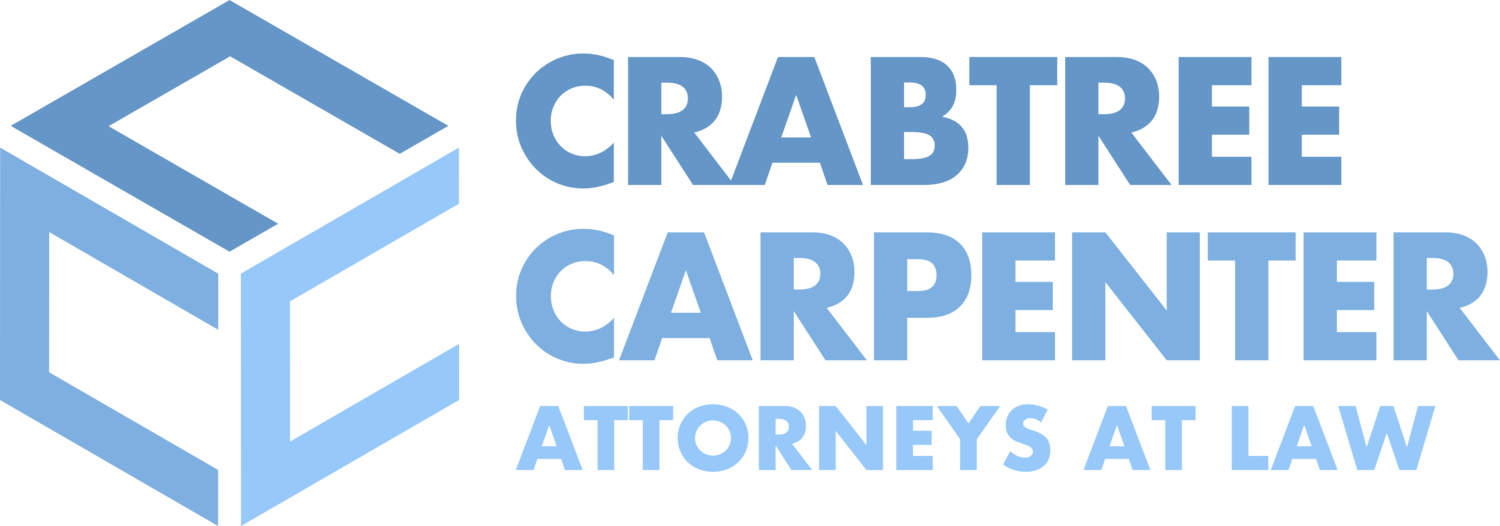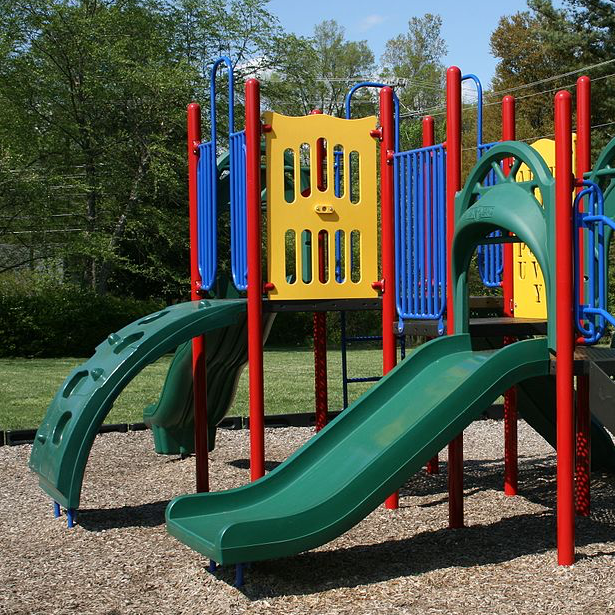The Outer Banks power outage has disrupted vacation plans for thousands of renters
The recent electrical outage affecting Hatteras and Ocracoke Islands, resulting in a mandatory evacuation of all non-residents has raised some interesting legal issues. What are the rights of the vacation renters who were in the middle of their stay when they were forced to leave? What are the rights of the renters whose vacation stay was supposed to start on the following Saturday or Sunday, or even next week, given an estimate of two weeks to repair the severed electrical cable? These issues are not quite as clear as one might imagine they should be given the long history of storms along the Outer Banks. This is especially true in light of some renters reporting that landlords are refusing to refund monies for nights missed, even for those whose stay was supposed to begin long after the initial evacuation orders were issued.
Vacation rental agreements in North Carolina are governed by the provisions of the North Carolina Vacation Rental Act (N.C.G.S. §§ 42A-1 thru 36). That act, in effect since 2000, requires that all vacation rental agreements be in writing, signed by both the landlord and the renter, and that the rental agreement is subject to the provisions of the North Carolina Vacation Rental Act (“the Act”). Among the provisions in the Act, landlords may collect fees, taxes, and rent in advance, and can disburse the fees to themselves right away, but must place rent for future rentals in a trust account until the day the rental is to begin. At that point, the landlord can release the rent to themselves. As to refunding the advance rent, most rental agreements provide for a cancellation policy and refund if done more than 30-90 days in advance of the rental start date. After that deadline passes, there is generally no refund allowed. The exception is the one contained in G.S. §42A-17(b), which provides that “except as provided in G.S. §42A-36, if, at the time the tenant is to begin occupancy of the property, the landlord … cannot provide the property in a fit and habitable condition or substitute a reasonably comparable property in such condition, the landlord … shall refund to the tenant all payments made by the tenant.” In North Carolina, a lack of electricity (and by extension, water, since pumps don’t work without power) is deemed to render a property in an unfit and uninhabitable condition. So it would seem simple enough, but the refund statute is expressly subject to G.S. §42A-36, which deals with “mandatory evacuations” ordered by State or local authorities.
Under G.S. §42A-36, if an emergency evacuation is ordered by the authorities, renters are obligated to comply. The statute then goes on to say that in the event of such an evacuation, renters are entitled to a refund of their rent, fees and taxes from the landlord based on a prorated formula using the nights actually spent on the property, and the nights missed due to the evacuation. That seems pretty straight forward, but the General Assembly did not stop there. They added an exception to the required payment of prorated rent refunds from the landlord based on the renter’s purchase or non-purchase of evacuation insurance offered by the landlord (or their rental agent). What the statute says is that: “The tenant (renter) shall not be entitled to a refund if: (i) prior to the tenant taking possession of the property, the tenant refused insurance offered by the landlord or real estate broker that would have compensated the tenant for losses or damages resulting from loss of use of the property due to a mandatory evacuation order; or (ii) the tenant purchased insurance offered by the landlord or real estate broker.” So, the landlord doesn’t have to pay the refund if the renter buys, or if the renter doesn’t buy, the evacuation insurance. Confused? Well, look at it this way; if the renter is offered evacuation insurance and doesn’t buy it, then that is a choice they made, and the risk of there being an evacuation scenario should fall on them, not the landlord (at least in the minds of the General Assembly). If on the other hand, the renter does buy the insurance, then the insurance company pays the prorated rent, so the landlord gets to keep the entire rent. That’s a win-win for everyone but the insurance company (which still makes a large profit off of the policies even if it has to occasionally pay out when an evacuation occurs). The problem is that these policies typically do not cover “man-made” catastrophes like the one that occurred when the contractor building the new Bonner Bridge severed the main trunk line carrying electricity to Hatteras and Ocracoke Islands. The policies were originally designed to cover weather events, like huge storms or hurricanes. Many policies thus exclude man-made (or human) caused problems.
So, it seems that what many vacationers are now experiencing is a Catch-22 whereby the landlords are using the evacuation order to place the renters (and the landlord’s) rights under the language of §42A-36 (rather than §42A-17), and are then saying that they (the landlords) do not have to pay any refunds (so long as they offered the evacuation insurance to the renter) because the renter either did buy insurance or didn’t, but either way the landlord doesn’t have to pay. Worse still, some landlords are denying refunds to those renters whose stays were to begin this week (long after the “evacuation” took place), and who weren’t part of the group actually evacuated pursuant to the order, relying on that part of the statute which says that the evacuation order applies to a renter, “whether in possession of the property or not,…”.
Assuming that the landlord’s position that §42A-17 is subservient to §42A-36 even for those renters who were not even there when the evacuation order was issued (since there is still an order in place preventing non-residents from entering the islands) what can the renters do to receive a refund for the missed days? First, each renter must answer the question of whether or not they were offered evacuation insurance in advance of their stay by either the landlord or their rental agent. If not, then the landlord owes the refund. If the landlord or real estate agent handling rentals did offer it, then did the renter buy it? If yes, then read the policy carefully to see if the policy might provide coverage in this case. If it does, then make the claim on the policy. If the policy does not cover this event (because it is man-made, and not a natural event), or if the renter chose not to buy a policy that would not have covered this event, then a valid legal argument can be made that the landlord owes the refund. Why? Because of the language of the exception in §42A-36 that says with regard to not purchasing the insurance, that it must be, “insurance offered by the landlord or real estate broker that would have compensated the tenant for losses or damages resulting from loss of use of the property due to a mandatory evacuation order;…”. Clearly the exception is meant to apply only to policies that would provide coverage, not to policies that would not. This makes sense, and is also the fair and just allocation of risk between the landlord and tenant. So if the policies issued by the landlord’s insurance company exclude payments for an event like this one, then the statutory requirement that the policy “would have compensated” is not met. By extension, the argument can be made that the same logic applies to those who did purchase policies that don’t compensate the renter for that same loss of use due to the evacuation order; they don’t meet the statutory requirement to trigger the exception, and the landlord owes the refund. It would be a difficult legal argument to win, that the statute having defined the policy to be sold as requiring that it would have compensated the loss if purchased, to then say that policies actually purchased that don’t provide such compensation should still give the landlord the statutory protection.
Charles F. Carpenter is a partner with Crabtree, Carpenter & Connolly, PLLC, in Durham, NC.









